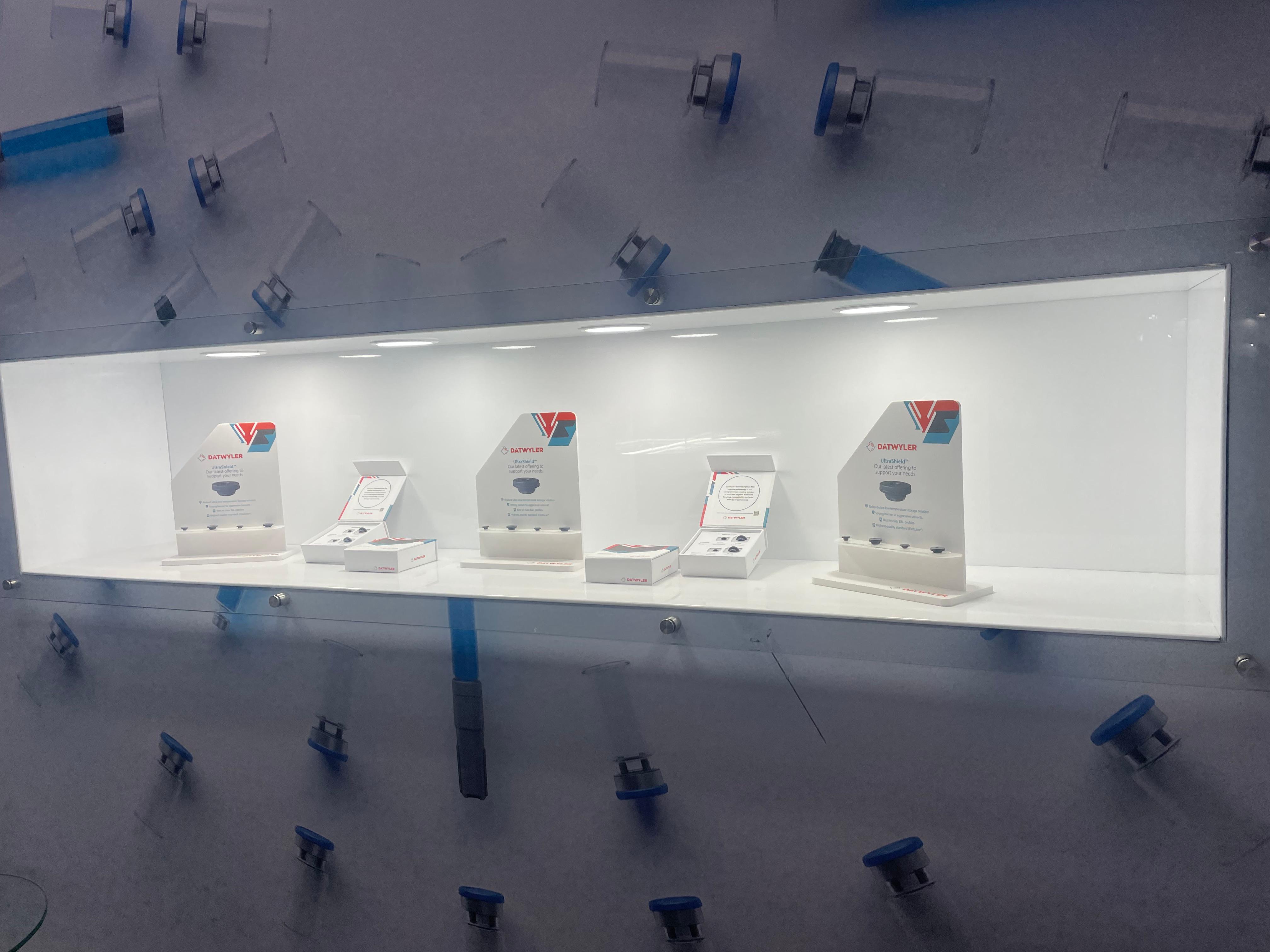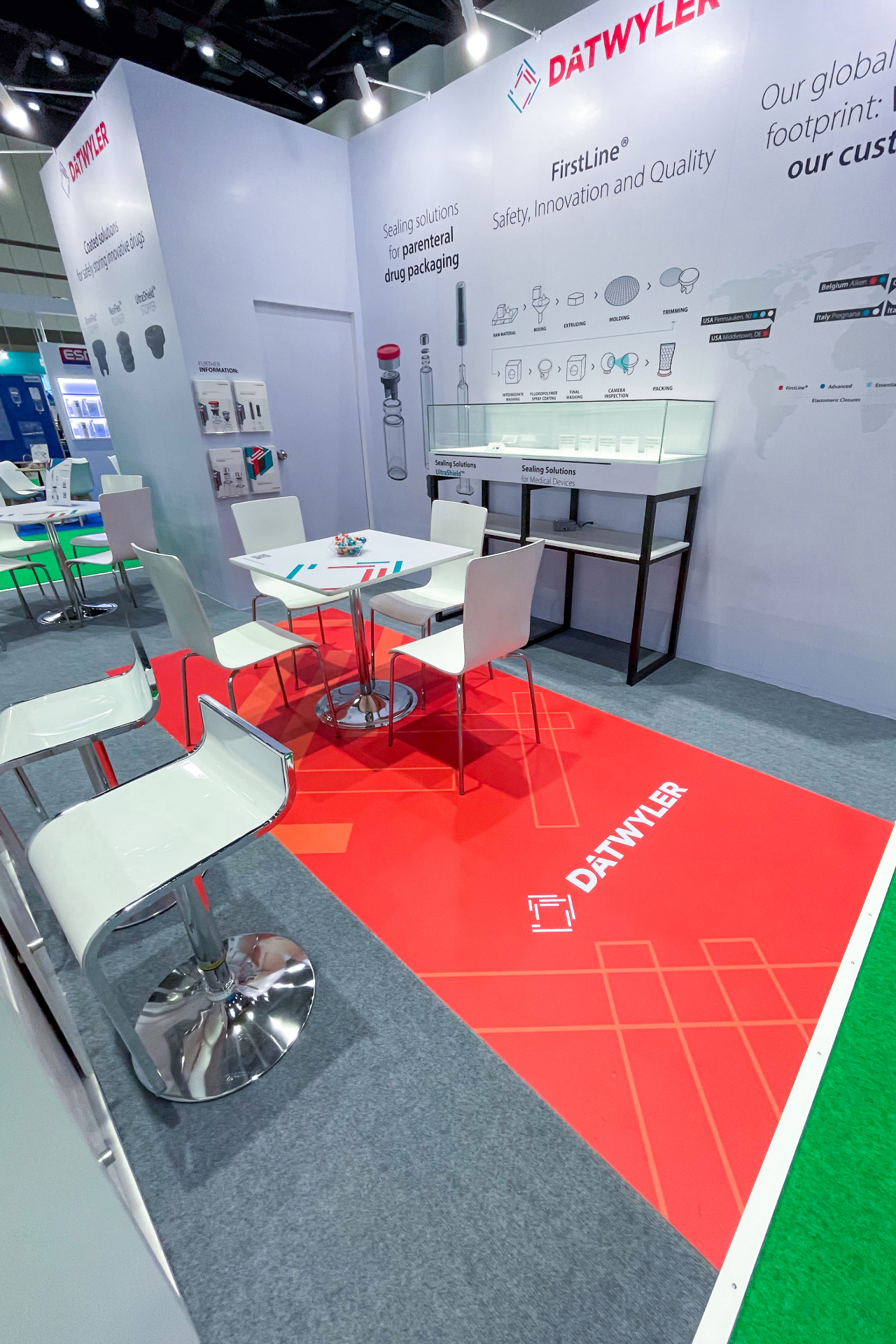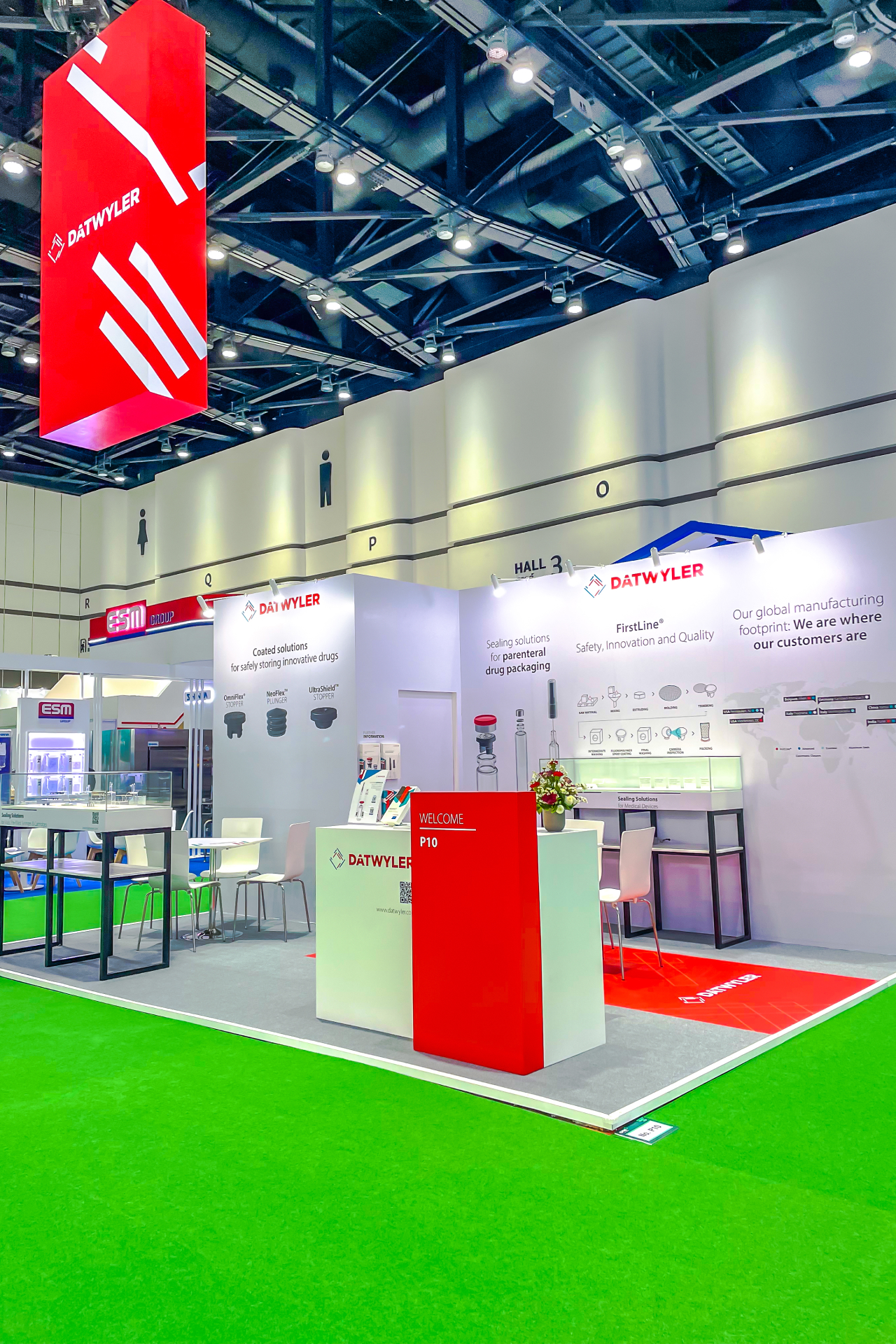Navigating Cultural Sensitivities: Adapting Exhibition Stand Designs Globally
In a world that's increasingly globalized, businesses have the potential to reach audiences beyond their immediate locales. This expanded reach, however, comes with unique considerations, one of which is navigating cultural sensitivities. It’s vitally important to be aware of cultural, religious, and regional differences when planning an exhibition. Such unconscious bias could inadvertently put you on the wrong side of the cultural divide, affecting your brand reputation.
why is it important?
Considering cultural sensitivities when taking your brand to international exhibitions is paramount for several reasons, from fostering a positive brand image to ensuring successful market entry and avoiding potential backlash. Here's a detailed exploration, supported by the information you provided:
enhances brand perception
Recognizing and adapting to cultural norms, beliefs, and values underscores a brand's commitment to respect and understand its audience. This not only enhances the brand's image but also builds trust and credibility amongst the target market. For instance, understanding the significance of colour, symbols, and practices in different cultures can turn a standard exhibition stand into a welcoming space for attendees from various backgrounds.
Drives Consumer Loyalty
Brands that prioritize cultural sensitivity can resonate more deeply with the audience. When consumers feel that a brand respects and values their culture, they're more likely to develop loyalty towards it. By carefully crafting messages, visuals, and interactions that reflect cultural understanding, brands can connect with individuals on a personal level, driving brand loyalty.
avoids cultural misteps
Without considering cultural sensitivities, brands run the risk of offending potential customers, which can lead to backlash and reputational damage. Misinterpretations or misuse of cultural symbols can be perceived as disrespectful or offensive, causing negative publicity and potentially alienating the brand from a significant portion of the market.
facilitates market entry
Adapting to local norms and sensitivities is crucial for successful market entry. By conducting thorough market research and working with local experts, brands can tailor their strategies to align with cultural expectations and preferences. This localized approach demonstrates a brand's commitment to its new audience, making market penetration smoother and more effective.
concluding thoughts
The importance of considering cultural sensitivities when taking your brand to international exhibitions cannot be overstated. It enhances brand perception, drives consumer loyalty, prevents potential cultural missteps, and facilitates smoother market entry. As brands look to expand their reach globally, recognizing and respecting cultural differences will be key to developing lasting relationships with new audiences.
understanding cultural sensitivities
Exhibitions provide a platform for businesses to engage with audiences from various cultural backgrounds. Displaying cultural sensitivity in your exhibition stand can help build trust with your international audience, foster mutually beneficial relationships, and elevate your brand image.
For instance, in countries across Africa, community connection is highly valued. An exhibition stand that fosters communal interaction, participatory engagements, or showcases support for local communities could resonate deeply with African audiences. In contrast, American audiences may favour elements of personal achievement, innovation, and dynamism.
incorporating cultural sensitivities in stand design
Incorporating cultural sensitivities into your stand design is not about cookie-cutter reiterations of traditional cultural motifs but understanding the underlying values and integrating them in a modern context.
For example, Middle Eastern societies are typically more conservative, and consideration needs to be given to modesty in design. In Asia, colour symbolism varies greatly between regions: red symbolises good fortune in China, but signifies danger or caution in Japan.
checklist for adapting exhibition displays
Before finalizing your exhibition display, consider this checklist to ensure you're addressing cultural sensitivities:
- Cultural Consultants: Engage consultants familiar with your target region to map out potential cultural pitfalls.
- Respect for Religion: Incorporate elements reflecting respect for local religious practices.
- Subtle Integration of Local Art and Culture: Rather than appropriating cultural elements, seek to integrate them subtly to show respect for traditions and values.
- Language Translation: Ensure the translation of material is culturally appropriate and error-free.
- Feedback: Solicit feedback from local employees or partners.
- Culturally Appropriate Gifts: If you're offering any promotional material or gifts, make sure it’s appropriate and offensive-free.

Pre and post event communication
Planning communication before and after the event can help maximise your visibility in the region and show respect for cultural nuances.
pre-event communication
Research indicates that the manner of communication differs across cultures. For indirect communication cultures such as Japan and Korea, a subtle, context-heavy approach works better, while direct communication cultures like the US and Canada prefer straightforward messages.
Focus on building relationships. Highlight how you are excited to be part of their local event and want to learn from them. Always consider local holidays, religious events, and time differences when scheduling your communication.
post-event communication
Follow-up communication strategies should further foster relationships with your audience. Sending personalized "Thank You" notes reiterates your commitment to the relationship. Ensure these messages are translated accurately and are contextually relevant.
conclusion
Cultural sensitivity is key when adapting exhibition stand designs globally. By appreciating and acknowledging the nuances in cultural beliefs and practices, you present your brand as respectful and attentive. Remember, cultural sensitivity is not about stereotyping or stigmatizing a particular group but about recognising their unique differences and ensuring they feel acknowledged.
Ignore cultural sensitivities at your peril. Effectively navigating these subtleties in international exhibitions can bring your brand into the hearts and minds of diverse audiences, cultivating strong, lasting relationships across global communities.
regional examples
Let's delve deeper into how cultural sensitivities can impact exhibition stand designs across different nations:
europe
Germany: Precision and efficiency are highly valued. Your booth should be well-organized and the design should be sleek and efficient. Use direct forms of communication, and make sure any documentation is accurate and up-to-date. Avoid any negative reference towards their history.
UK: Privacy is crucial here. Therefore, open designs without clearly defined private spaces might be off-putting. Also, avoid bombastic displays of accomplishment; Brits often prefer understatements and subtlety.
asia
India: The practice of "Namaste" (placing both hands together) is a respectful way of greeting. Incorporating Indian motifs like the lotus (signifying divine beauty and purity) or ethnic patterns in subtle ways would be appreciated.
Japan: Minimalism and harmony are integral aspects of Japanese aesthetics. A cluttered, flashy stand may be off-putting; instead, strive for a balanced, serene set-up. Remember that yellow is associated with courage, and white with purity and death.

middle east
Saudi Arabia: Since it's a conservative society, modesty is vital. Overly bright colours and harsh lights might be considered disrespectful. Women should dress modestly and men should not wear shorts in public places. Avoid using pictures depicting things that are haraam (forbidden under Islamic law) like pigs or alcohol.
United Arab Emirates: Dates and Arabic coffee are traditional symbols of hospitality. Presentation of these in special areas could be well-received.


Comments